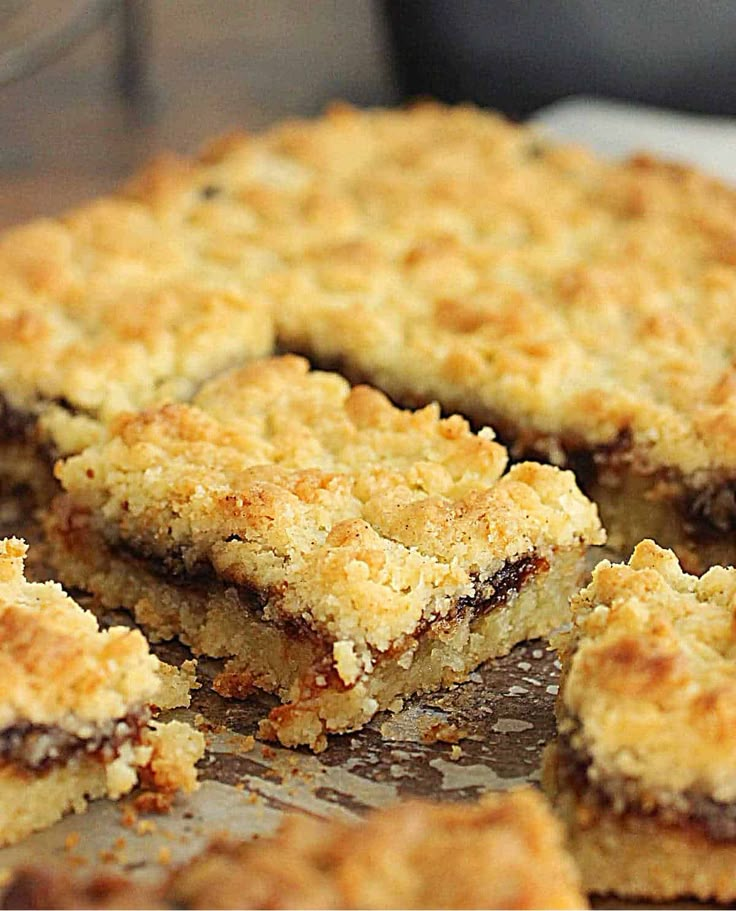
Hungarian Shortbread: A Delicious Tradition of Crumbly Perfection
Hungarian shortbread, or Rövid Tészta, is a traditional pastry that has graced the tables of Hungarian families for generations. Known for its buttery texture, delicate crumble, and versatility, this dessert has earned a place as a cherished treat across Hungary and the world. Whether served plain, with a dollop of jam, or transformed into elegant layered creations, Hungarian shortbread is an embodiment of simplicity and elegance.
In this article, we will delve into the history of Hungarian shortbread, the key ingredients that make it so irresistible, and step-by-step instructions on how to make this iconic dessert in your own kitchen.
The Origins of Hungarian Shortbread
While shortbread in its most recognizable form is often associated with Scotland, Hungary has its own long-standing tradition of making shortbread-style pastries. Hungarian shortbread, or Rövid Tészta, gets its name from the word rövid, meaning “short” in Hungarian, referring to the delicate and crumbly texture achieved by the high fat-to-flour ratio in the dough. The phrase “short” in baking terminology refers to a dough that breaks easily due to the high fat content.
The origins of Hungarian shortbread date back centuries, with regional variations emerging throughout Hungary. It is believed that Hungarian shortbread evolved from the European tradition of making butter-rich pastries, possibly influenced by the Ottoman Empire’s love for rich, sweet desserts. Over time, it became a popular sweet in Hungarian households, often enjoyed during holidays such as Christmas, Easter, and New Year, as well as everyday gatherings over coffee or tea.
Hungarians have a deep appreciation for the art of pastry making, and the shortbread-style pastry remains one of the most beloved items in Hungarian cuisine. It has become a symbol of hospitality and home-baked goodness. In fact, many Hungarian families have their own variation of rövid tészta, passed down through generations.